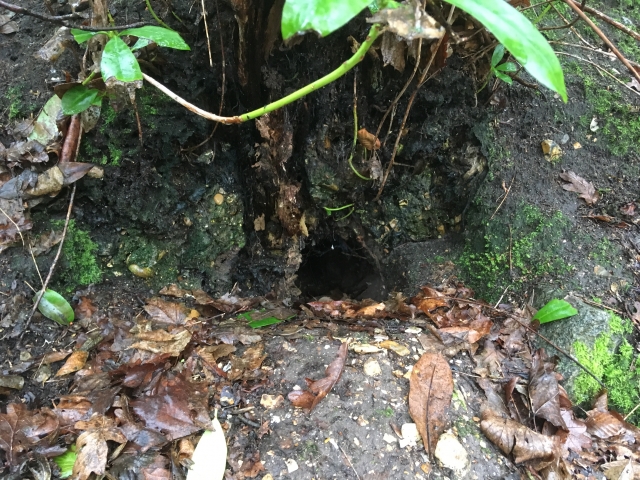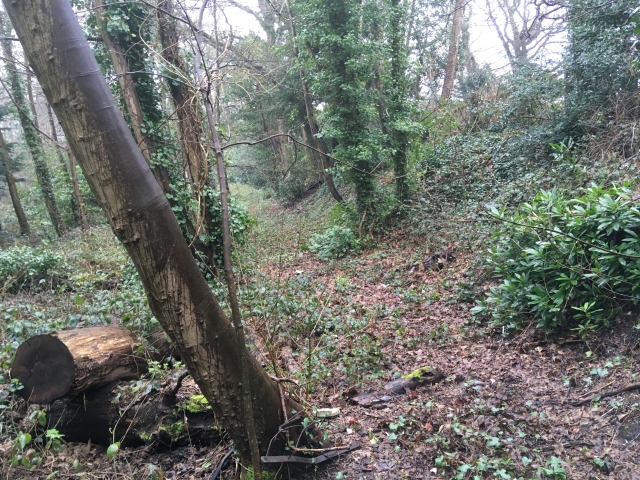CGO Ecology Ltd : Blog
- Details
- By Chris Gleed-Owen
- Category: Survey news
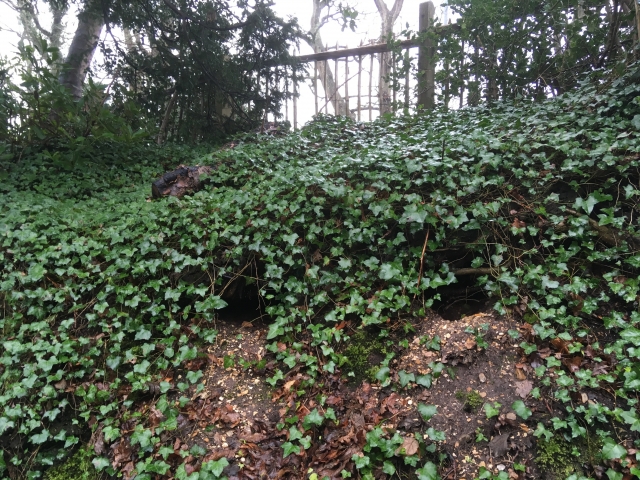
Thankfully the sett is in a bank rising up from the cemetery, and not in the ground where the graves are. Badgers are becoming much bolder inhabitants of suburbia these days, so it's always worth looking out for evidence, even in gardens.
In Southeast Dorset, we've recently found setts and other badger evidence in suburban gardens in Bournemouth, Christchurch and Ferndown.
Sett holes are a bit wider than fox holes, and often with a substantial amount of spoil outside them. They have a 'landscape' orientation, whereas fox and rabbit tend to dig holes in 'portrait'.
Badgers often nuzzle around in loose soil, looking for worms, and digging up bulbs. The resulting 'snuffle holes' are quite distinctive once you've got your eye in.
Badgers also tend to leave their dung in holes (dung-pits), usually on the edge of their territory, to ward off rival clans.
CGO Ecology offers all types of badger survey, and is experienced in sett closure under licence where badgers are disrupting property or causing other problems. Please call us 01202 798126 or email us to know more.
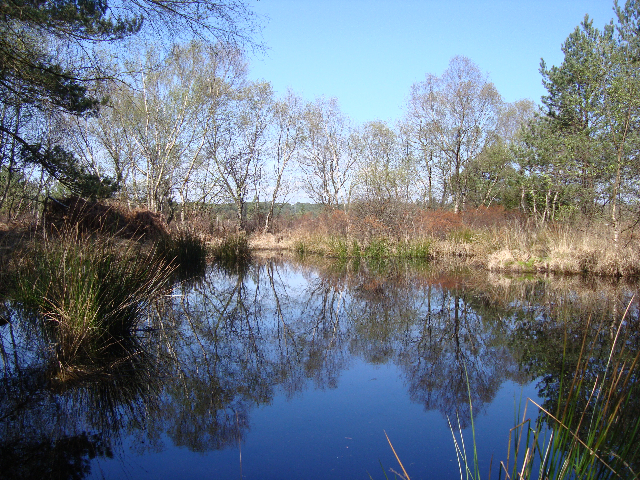
- Details
- By Chris Gleed-Owen
- Category: Survey news
The cold season means that many vertebrates, invertebrates and plants are in hibernation or some other form of dormancy; so it is usually a quieter time for professional ecologists. However, not everything stops for winter. We can still conduct a range of ecological surveys for a variety of purposes.

- Details
- By Chris Gleed-Owen
- Category: Survey news
Tomorrow morning we're taking the CalMac ferry to the Scottish inner hebridean island of Rùm in search of rare snails. We're looking for tiny whorl snails (Vertigo species), guided by maps of Schoenus nigricans (black bog-rush, often associated with alkaline flushes), geology, geomorphology, and vegetation cover.
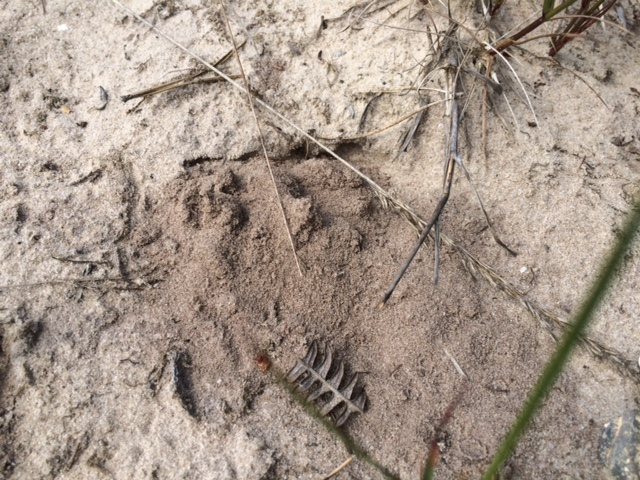
- Details
- By Chris Gleed-Owen
- Category: Survey news
Late May is typically the time that sand lizards (Lacerta agilis) start digging tunnels in which to lay their eggs. First they make several exploratory diggings in bare firm sandy ground, and may take several attempts before they manage to dig a suitable egg burrow. The nesting period usually lasts from the last week of May to the first week of June in southern England, and activity may be peaked or spread over a wider period if weather is poor. Warm dry afternoons and evenings are the favoured time for digging.
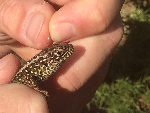
- Details
- By Chris Gleed-Owen
- Category: Survey news
As the days get shorter, this week in late September sees us pass the point of equal day and night length: the autumnal equinox. The spring and autumn equinoxes are busy times for reptiles in northern latitudes with pronounced seasons. The vernal (spring) equinox sees lots of activity following a long winter hibernation period. Males bask to encourage sperm production, then feed to get into breeding condition. Female emergence usually lags behind by a couple of weeks.
Page 1 of 3


